Over the years, I've found this to be the most reliable method of designing hand-built inductors using ferrites.
- Pick a core material that best suits the maximum operating frequency for your application. A lot of common ferrite materials are good for 100 kHz but only a few (such as 3F3 from Ferroxcube) are still fairly power efficient for (say) 1 MHz. Choose a core material.
- Take a punt on the core size. Again the core suppliers will have all the relevant parameters in their data sheets so pick one that might suit your needs.
- The core size specification (along with core material chosen) will tell you how many turns are needed for a given inductance: \$L = N^2\cdot A_L\$ is the formula where N is the number of turns and \$A_L\$ is provided by the core size/material in the data sheet.
- Using peak current and turns calculate magneto motive force (MMF) or \$F_M\$. This is quite simply peak amps multiplied by N.
- Convert this to magnetic field strength (H) by dividing MMF by mean length of the magnetic field (\$\ell_e)\$. Again this will be stated in the core size data sheet.
- Look at the BH curve for the core material and see how much flux density (B) is produced by that H field.
Here is an example produced by Ferroxcube for their E38 planar core sets: -

Highlighted is 3F3 material (because I use it) and it tells you \$A_L\$ and effective permeability (\$\mu_e\$). It also gives you choices should you decide to implement an air gap (quite often needed with inductors). Below is the BH curve that will tell you what flux density you will get for a given H field: -

As you should be able to see, operating with a lower H field gives more linear results. If the core starts to saturate then the inductance starts to drop and you will get non-linear distortions in your signals (not normally regarded as a good thing).
Of course, your H field may be too big so you have the option of using a bigger core (repeating the steps above) or adding a gap.
Adding a gap means: -
- Relative Permeability becomes approximately \$\ell_e/G\$. Bigger gap, smaller permeability.
- Inductance also drops by same amount
- More turns are required to obtain original inductance
- Given that L is proportional to \$N^2\$, \$H \times \mu_e\$ is significantly less.
If gapping doesn't get you where you need to be choose a bigger core and repeat the above.

